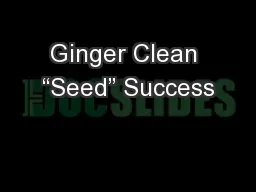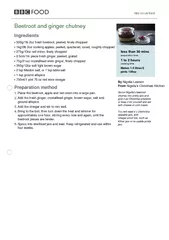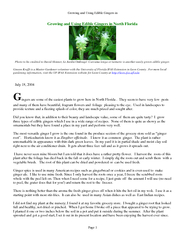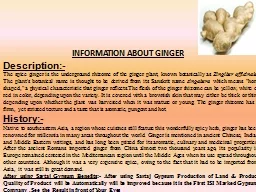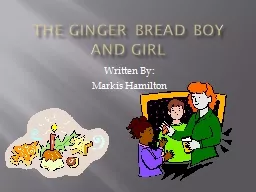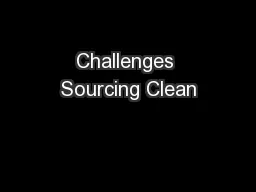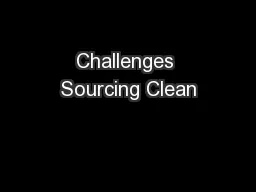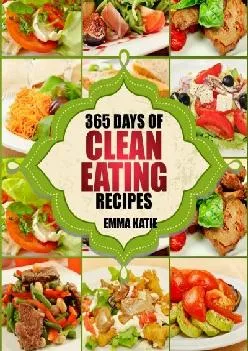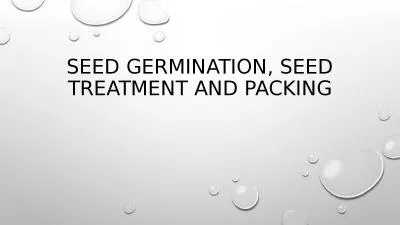PPT-Ginger Clean “Seed” Success
Author : danika-pritchard | Published Date : 2019-11-30
Ginger Clean Seed Success Succes de propre semences de Gingembre Paul Reed Hepperly Plant Pathologist Who Am I Protangonist Ginger Queen of Spices Wonderful World
Presentation Embed Code
Download Presentation
Download Presentation The PPT/PDF document "Ginger Clean “Seed” Success" is the property of its rightful owner. Permission is granted to download and print the materials on this website for personal, non-commercial use only, and to display it on your personal computer provided you do not modify the materials and that you retain all copyright notices contained in the materials. By downloading content from our website, you accept the terms of this agreement.
Ginger Clean “Seed” Success: Transcript
Download Rules Of Document
"Ginger Clean “Seed” Success"The content belongs to its owner. You may download and print it for personal use, without modification, and keep all copyright notices. By downloading, you agree to these terms.
Related Documents

